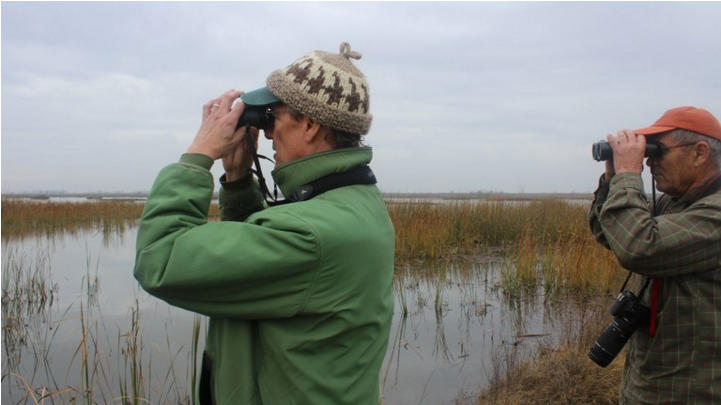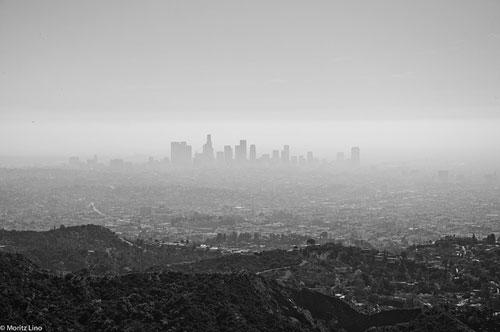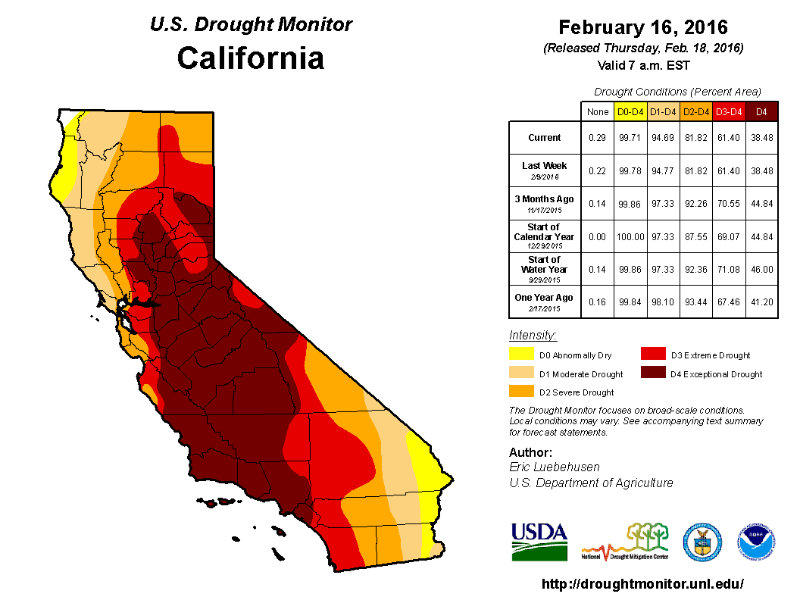Latest News and Updates from Audubon in California
California Condor. Photo: Scott Frier/USFWS
Ariana Rickard, Coastal Chapter Network Manager, spoke at a press event about why Audubon California supports Measure AA, the nine-county San Francisco Bay Area parcel tax to restore wetlands.
If approved by voters in June, “Yes on Measure AA for a Clean and Healthy Bay” would raise $500 million over 20 years to fund critical conservation and flood protection projects, including the restoration of 15,000 acres of wetlands and creation of 25 miles of new Bay trails. Co-Chaired by Senator Dianne Feinstein, the campaign has received endorsement from local elected officials, and business, environmental, labor, philanthropic and civic leaders.
Our Andrea Jones spoke with the Associated Press about the importance of safeguarding habitat for Northern Spotted Owl. Audubon California believes that it should never come down to killing one bird to help another. Old-growth habitat destruction is to blame for pitting the two owls against each other. Read the article here: http://www.ocregister.com/articles/owls-706151-spotted-barred.html.

High Country News interviewed Audubon California's Working Lands Director, Meghan Hertel, about the program's work to support birds in the Central Valley. Six chapters participate by volunteering their time to survey birds at wildlife refuges located in their area. You can read the piece here: http://www.hcn.org/articles/the-disappearing-wetlands-in-californias-central-valley.

After debuting his legislation at the Paris Climate Talks last year, California State Sen. Ricardo Lara last week introduced a new bill that would greatly reduce short-term air pollutants such as black carbon, fluorinated gases, and methane by 2030. Senate Bill 1383 would require the State Air Resourced Board to to "approve and implement a comprehensive strategy to reduce emissions of short-lived climate pollutants to achieve a reduction in methane by 40%, hydrofluorocarbon gases by 40%, and anthropogenic black carbon by 50% below 2013 levels by 2030."
Audubon California is watching this bill closely because we understand that these pollutants are driving climate change while also creating immediate public health challenges for communities. Audubon research shows that 170 California bird species are threatened by climate change. Moreover, this same air pollution that creates public health problems in people also creates immediate health issues for birds and habitat.

Join Friends of the Inyo and our partners for the second annual Owens Lake Bird Festival in Lone Pine, CA. The festival will celebrate migrating shorebirds as they move between hemispheres at Owens Lake Important Bird Area and will highlight the significance of the Owens Lake story and the return of a threatened habitat.
Preregistration opens February 1 at 2 pm to all Friends of the Inyo members. Join Friends of the Inyo to gain access. Open registration for the public begins February 15.
Event details:
Friday, April 22, 2016- Sunday, April 24, 2016
Tickets: $60.00, students $30, children 12 and under free. Registration includes Friday evening reception, Owens Lake field trips on Saturday and Sunday and continental breakfast on Saturday and Sunday
Optional Items: Saturday sack lunch $12, Saturday dinner $25.00, T-shirt $20.00
Friday evening: reception at the Western Film History Museum at 6:00 pm.
Saturday: morning and afternoon trips around Owens Lake.
Saturday evening: dinner reception at Statham Hall in Lone Pine at 5:00 pm with the presentation "Owens Lake- Its New Role in the Flyway" by keynote speaker Debbie House.
Sunday: morning trips on Owens Lake followed by casual lunch in Lone Pine Park.

State officials released a statement that expresses their renewed concern about early snowpack melt. Capital Public Radio shared pieces of the report:
"In the core western drought areas of California and western Nevada, dry, warm weather during the period resulted in no change to this week’s drought depiction," reports the U.S. Drought Monitor in its update released Feb. 18. "While much of the region has experienced favorable precipitation during the 2015-16 Water Year - and subsequent removal of the "S" (short-term) drought Impact Type - considerable long-term (L) impacts remain."
The weekly update also says "there are notable pockets of short-term dryness over central and southern California contributing to the long-term drought signal."
The Drought Monitor intensity levels are Abnormally Dry, Moderate, Severe, Extreme and Exceptional drought.
This week in California: 99.7 percent is abnormally dry, 94 percent moderate, 81 percent severe, 61 percent extreme and 38 percent is in exceptional drought.
To read the rest of this article, click here.
Our newsletter is fun way to get our latest stories and important conservation updates from across the state.
Help secure the future for birds at risk from climate change, habitat loss and other threats. Your support will power our science, education, advocacy and on-the-ground conservation efforts.
Join the thousands of Californians that support the proposed Chuckwalla National Monument.